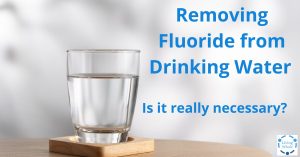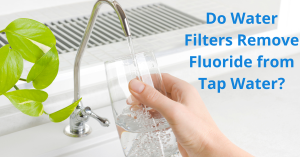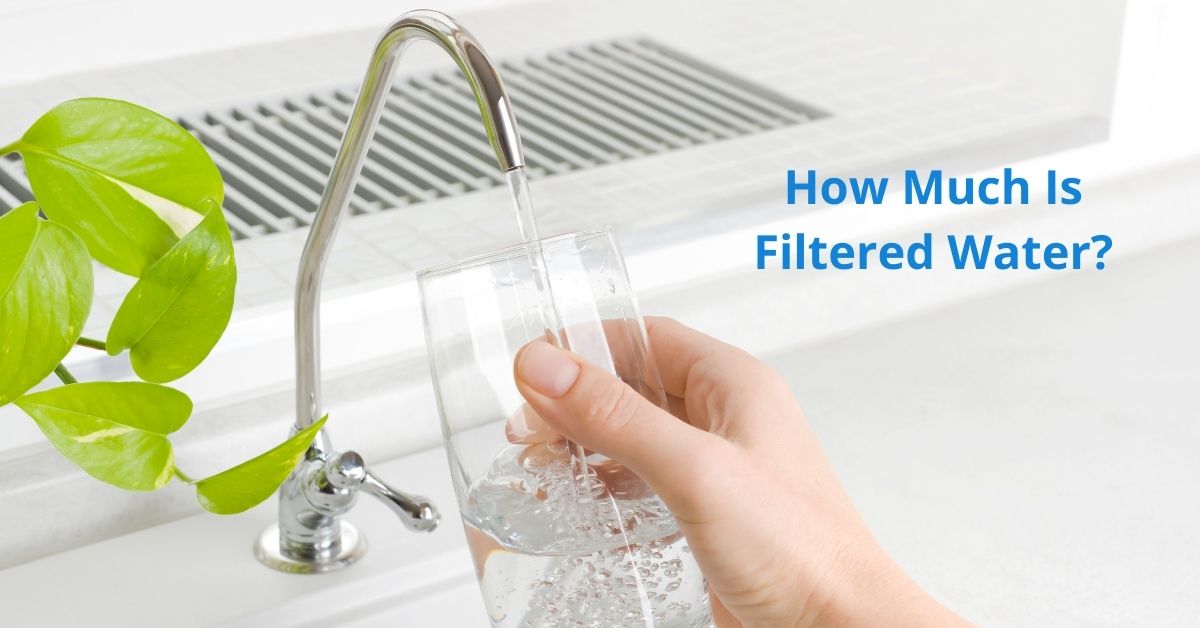
How Much Is Filtered Water?
Becoming a parent changes everything. Suddenly, the world is full of potential hazards you never noticed before. For me, one of the biggest questions that popped up was about the water coming from our tap. Was it truly safe for my newborn son? That simple, nagging worry launched me on a deep dive into water quality – a journey that was so fascinating and impactful it eventually landed me a new career in the water filtration industry.
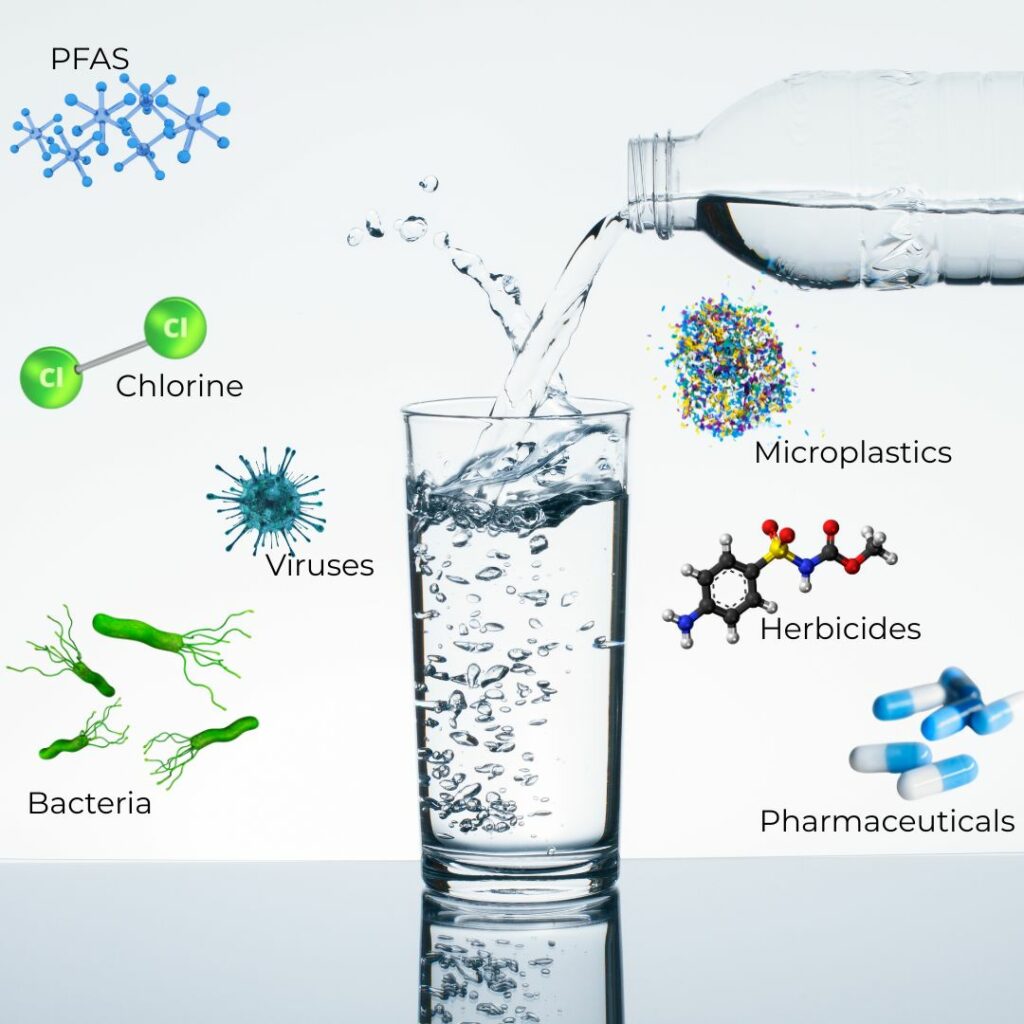
What I found was terribly confusing, I had to learn about a whole new lexicon of contaminants from chlorine, lead, pesticides, nitrates, and PFAS (forever chemicals) to microplastics. I was shocked to discover that the “safe” levels for many of these contaminants are not universal. For instance, the allowed levels of PFAS in the US are far lower than those currently permitted in Australia. The idea of any “allowable” level of these chemicals in the water my family was drinking and bathing in was something I simply couldn’t tolerate. I knew I needed a filter, but then came the next big question: how much was this peace of mind going to cost?
Is Filtering Water Expensive?
This is the million-dollar question, and the answer depends on the path you choose. Let’s break down the initial investment versus the long-term value.
When I started my research, I looked at everything from simple pitcher filters to complex whole-house systems. The prices vary widely:
– Pitcher/Carafe Filters: These are the most affordable entry point, often costing between $30-$60. They’re great for reducing chlorine taste and some sediments, but their contaminant removal capabilities are generally very limited.
– Countertop Water Filter System: These units sit on your kitchen counter and connect directly to your faucet or work with gravity. They offer a significant step up in filtration power, often using multi-stage processes. You can expect to invest anywhere from $200 to $600 for a quality system.
– Undersink water filtration system: This is a popular choice for those who want powerful filtration without sacrificing counter space. These systems are installed under your sink, with a dedicated faucet for your clean water. A good quality undersink filter can range from $200 to $800, depending on the technology.
– Reverse Osmosis System: This is the gold standard for home water filtration. A RO Water System uses a semi-permeable membrane to remove up to 99% of dissolved solids, including many of the most concerning contaminants like heavy metals, fluoride, and nitrates. This is the type of system I ultimately chose for my family.
Yes, a Reverse Osmosis system has a higher initial cost. A point-of-use (under sink) RO system can range from $300 to $1,500+ installed. It feels like a significant investment. But let’s put that into perspective.
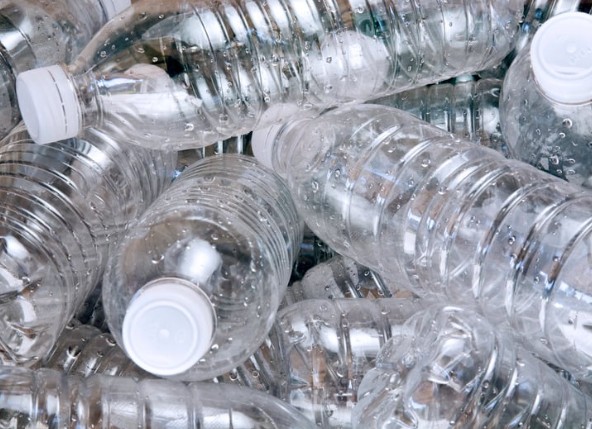
Think about bottled water. A single 1-litre bottle of water can cost anywhere from $1 to $3. A family can easily spend $20-$50 a week on bottled water. That adds up to over $1,000 to $2,600 a year! Suddenly, that RO system doesn’t seem so expensive. It pays for itself in a matter of months. Plus, you get the incredible convenience of endless, pure water on tap – no more lugging heavy, plastic bottles from the store, no more plastic waste piling up in your recycling bin, and no more worrying if you remembered to buy water.
Is it worth drinking filtered water?
Absolutely, unequivocally, yes. For me, the value isn’t just in the improved taste (which is a wonderful bonus). The real value is in health and peace of mind.
Knowing that I’ve proactively removed a wide array of potential contaminants before they reach my son’s glass is priceless. I can’t control everything in his environment, but I can control the quality of the water he drinks. A quality filter, especially Reverse Osmosis, is like an insurance policy for your family’s health.
It’s also worth it for the sheer convenience and environmental benefit. The endless stream of crisp, clean water from its own dedicated tap makes it easy to stay hydrated, cook better-tasting food, and make clear ice. You dramatically reduce your plastic footprint, which is a fantastic lesson to teach our children. My journey from concerned parent to water quality advocate taught me that the cost of filtered water isn’t just a number on a price tag. It’s an investment. An investment in your health, your convenience, and our planet. Whether you start with a Benchtop Water Filter or go all-in with an under-sink Reverse Osmosis unit, you’re making a choice for a purer, simpler, and healthier life. And from one parent to another, that’s an investment worth making.

